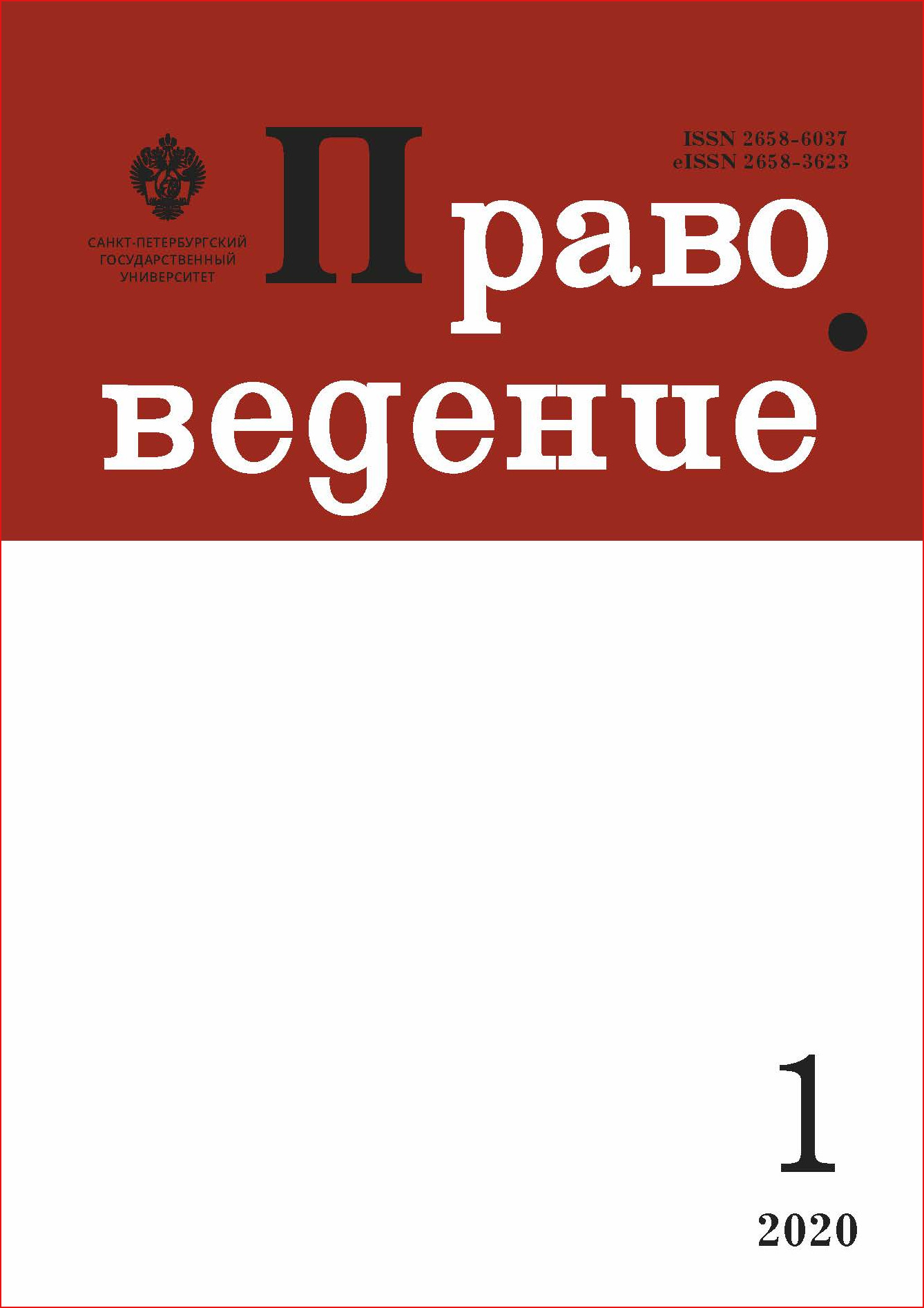Age as a criterion of value for tangible cultural heritage objects under Russian law
DOI:
https://doi.org/10.21638/spbu25.2020.114Abstract
UNESCO’s activities are dedicated to the conservation of both intangible and tangible cultural heritage. One of the most difficult issues in constructing a system for the protection of tangible cultural heritage objects is the criteria for identifying objects as cultural heritage. Obviously, it takes time to assess the cultural or historical value and significance of a tangible object. In most cases, granting the status of a cultural heritage object is assigned much later than its creation. However, international acts also do not contain specific requirements for how old a particular object should be in order to qualify it as an object of cultural heritage. UNESCO’s practice is known for several cases of adding to the World Heritage List relatively young sites. The Russian Cultural Heritage Object Act (2002), along with the laws of some other countries, establishes a specific age (40 years) that any object must reach in order to become a cultural heritage object. An exception is made only for memorial apartments and buildings (they can be attributed as objects of cultural heritage immediately after the death of famous personalities) and for objects of archeology (they must be at least 100 years old). This rule of law is mandatory, which means that it does not make other exceptions to the rule of 40 years. Such a rule of law significantly distinguishes the Russian approach from foreign legislation. On the one hand, such regulation may negatively affect the possibility of protecting outstanding objects from the late Soviet and early new Russian period. On the other hand, the approach of granting the status of cultural heritage objects to many relatively new objects can negatively affect urban development. The author proposes to evaluate and review this provision of law in order to find the optimal balance of public and private interests.
Keywords:
UNESCO, cultural heritage object, age of cultural heritage object, tangible cultural heritage, public and private interests, cultural heritage protection
Downloads
References
Downloads
Published
How to Cite
Issue
Section
License
Articles of "Pravovedenie" are open access distributed under the terms of the License Agreement with Saint Petersburg State University, which permits to the authors unrestricted distribution and self-archiving free of charge.




